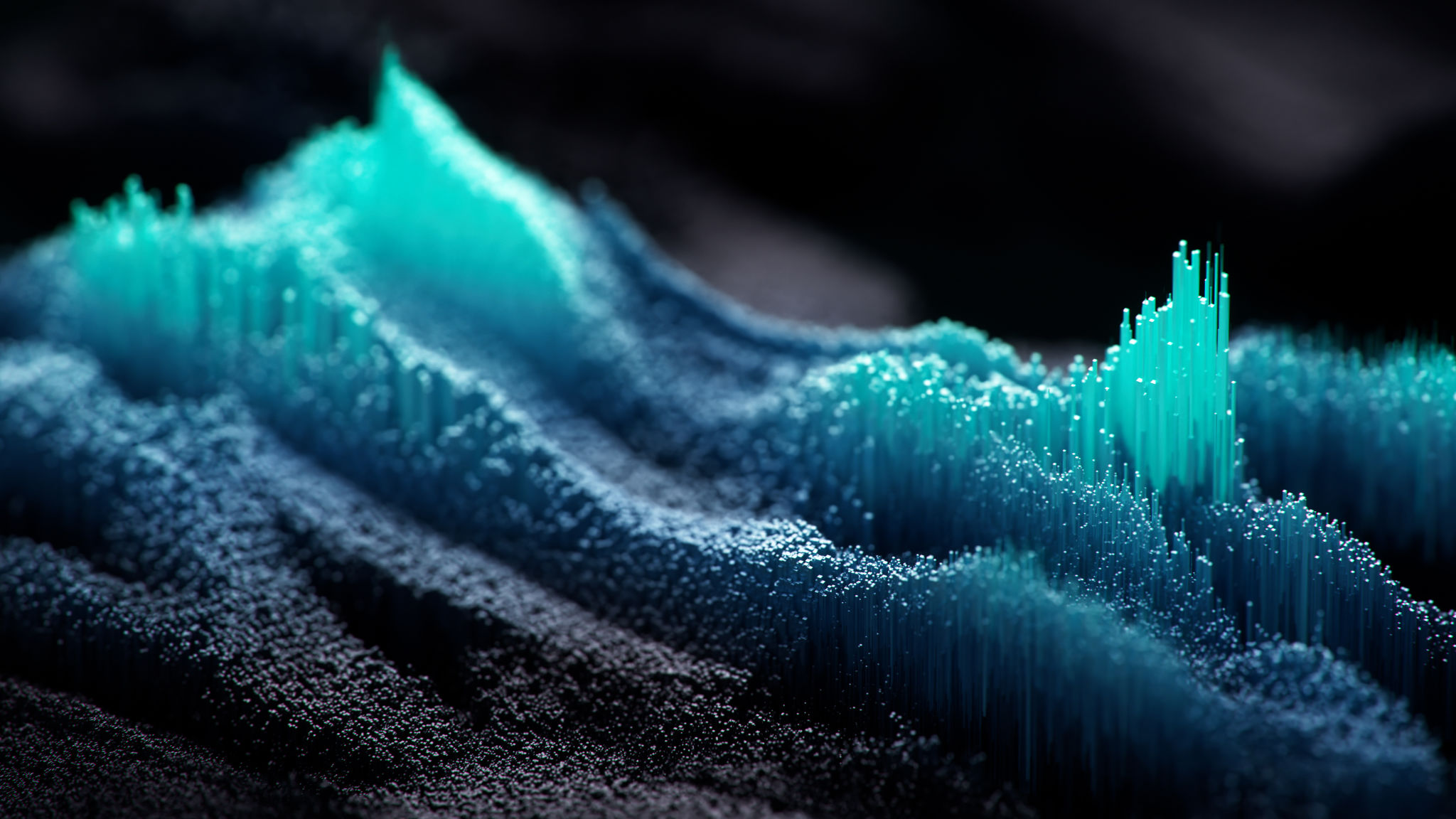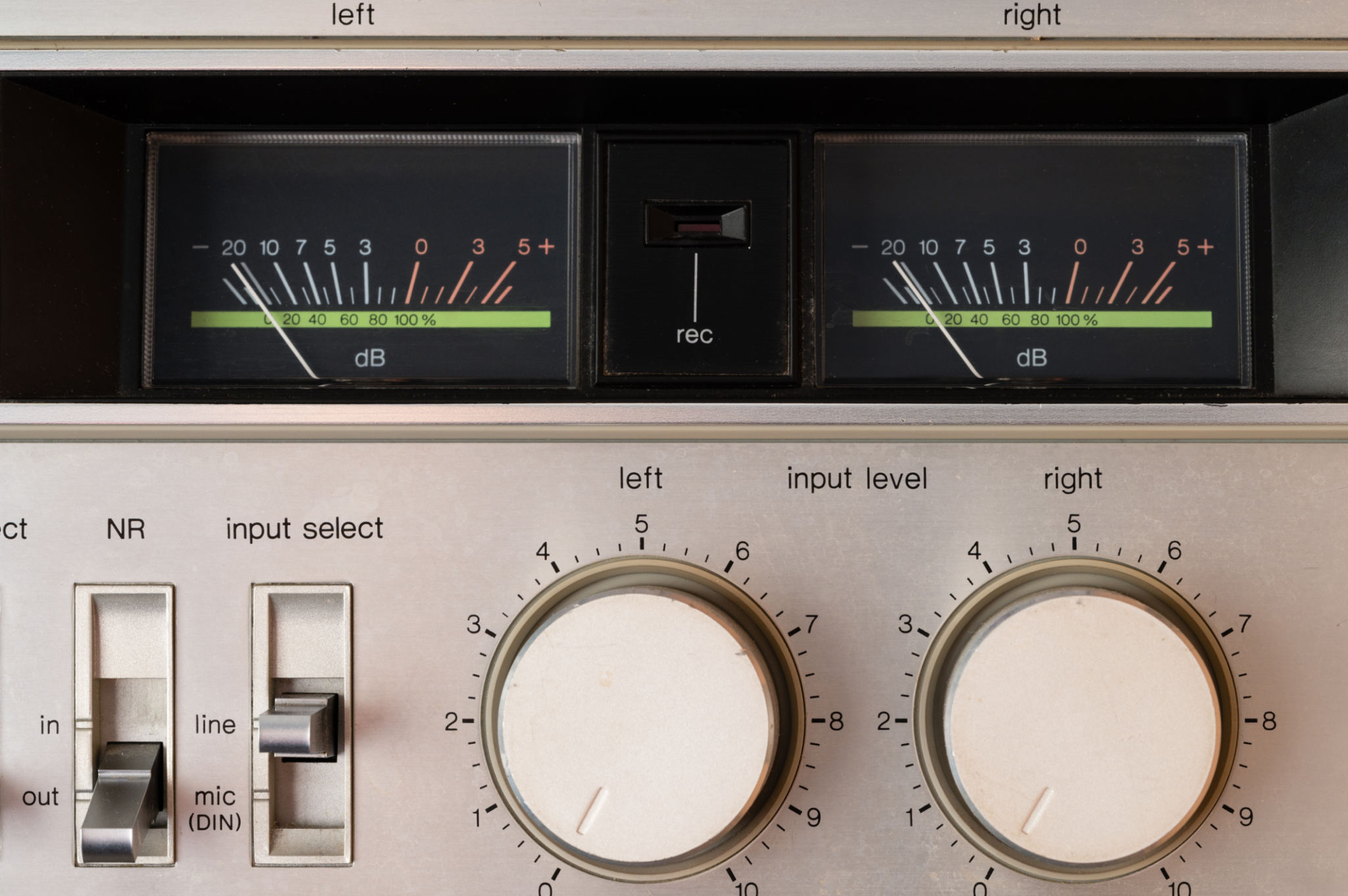Sound Design Trends: What's Shaping the Future of Audio Production
PP
The Evolution of Sound Design
Sound design has undergone a remarkable transformation over the past few decades. What was once a niche aspect of film and music production has now become a critical component across various media formats. As we delve into 2023, it's essential to explore the trends shaping the future of audio production and understand how they are transforming the auditory landscape.
The rise of digital technologies and software has democratized sound design, allowing creators with limited resources to produce high-quality audio content. This shift has led to an explosion of creativity and innovation within the field, giving birth to new trends and techniques.

Immersive Audio Experiences
One of the most significant trends in sound design is the push towards creating more immersive audio experiences. With the advent of technologies such as virtual reality (VR) and augmented reality (AR), there is a growing demand for 3D audio that can transport listeners into new environments. Immersive audio provides a multi-dimensional sound experience, enhancing the realism and emotional impact of content.
Spatial audio, a key component of immersive experiences, allows sound designers to position audio sources in a 360-degree space around the listener. This technique is being increasingly used not only in gaming and entertainment but also in educational tools and virtual meetings.
Artificial Intelligence in Sound Creation
Artificial intelligence (AI) is making significant inroads into sound design, offering new tools for creators to generate, manipulate, and enhance audio. AI-driven software can analyze existing sounds and create new ones, streamlining the production process and opening up innovative possibilities.
From creating realistic ambient sounds to generating complex musical compositions, AI is enabling sound designers to explore uncharted territories. As AI technology continues to evolve, its role in audio production is expected to expand, providing even more sophisticated tools for artists and engineers.

Sustainability in Audio Production
The growing awareness of environmental issues is influencing every industry, and sound design is no exception. There is a movement towards more sustainable practices in audio production, including using eco-friendly materials for equipment and reducing energy consumption during production processes.
Many studios are adopting green technologies and practices to minimize their carbon footprint. This shift not only benefits the environment but also reflects positively on brands that prioritize sustainability, resonating with environmentally-conscious audiences.
The Revival of Analog Sound
Despite the digital revolution, there is a nostalgic revival of analog sound in today's audio production landscape. Many sound designers are returning to analog equipment and techniques to capture the warmth and character that digital sounds sometimes lack.
This trend highlights the appreciation for authenticity and the unique qualities that analog sound brings to music and film. Blending analog with digital allows creators to achieve a richer and more textured soundscape.

Remote Collaboration Tools
The pandemic accelerated the development and adoption of remote collaboration tools, which have now become a staple in audio production. These tools enable teams across the globe to work together seamlessly, sharing files, providing feedback, and making real-time adjustments to projects.
This trend not only facilitates creative collaboration but also increases accessibility for talent from diverse locations, fostering a more inclusive industry.
Conclusion: The Future Sounds Bright
Sound design is at an exciting juncture, driven by technological advancements and evolving consumer preferences. As we look ahead, it's clear that the future of audio production will be characterized by innovation, inclusivity, and sustainability. By embracing these trends, sound designers will continue to push the boundaries of what's possible, creating captivating auditory experiences for audiences worldwide.